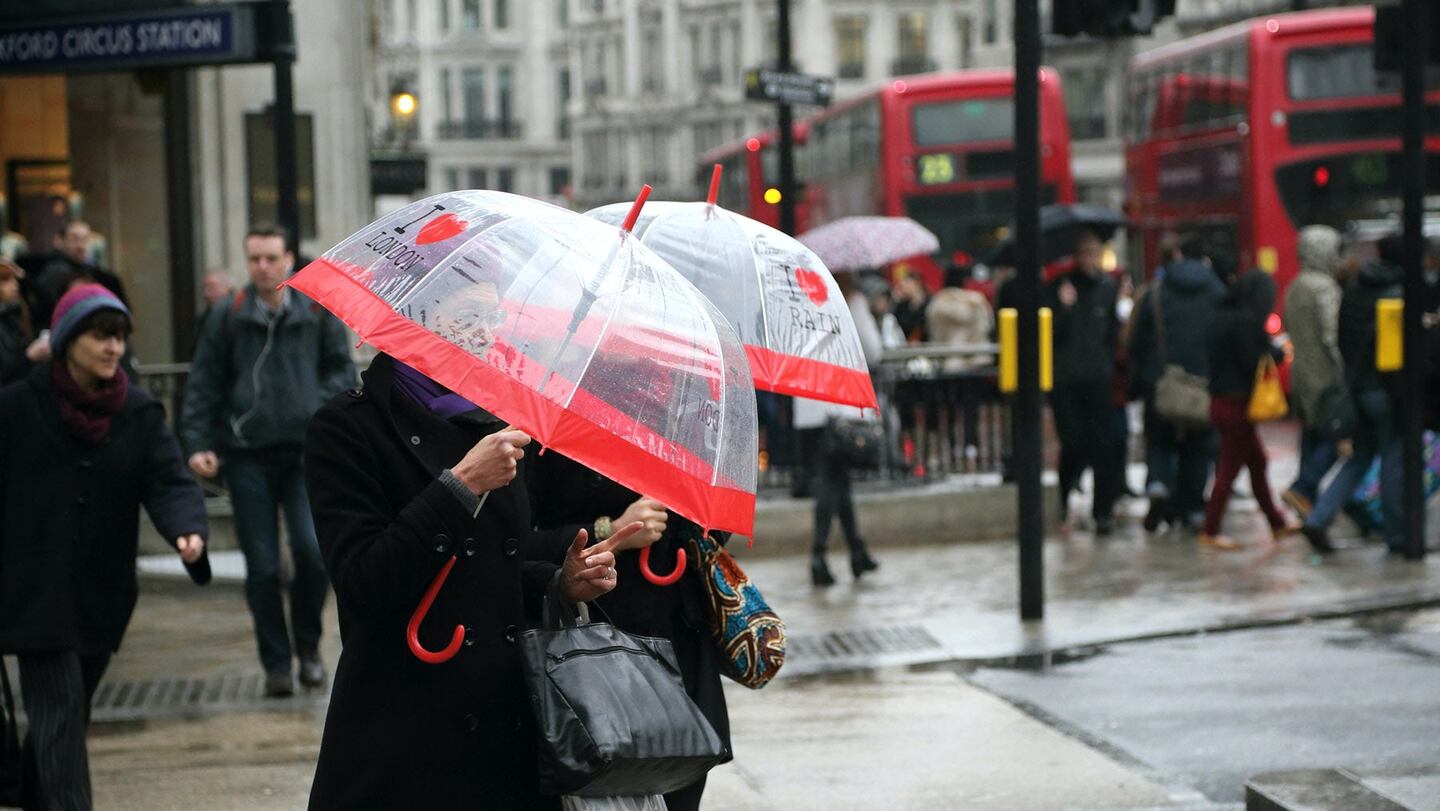
The Business of Fashion
Agenda-setting intelligence, analysis and advice for the global fashion community.

Agenda-setting intelligence, analysis and advice for the global fashion community.

LONDON, United Kingdom —Earlier this month, Marks and Spencer, the UK's largest clothing retailer, recorded a 5.8 percent drop in sales of general merchandise (which includes clothing) for the quarter including Christmas, prompting chief executive Marc Bolland to resign. Next, the UK's second-largest clothing retailer, also fell short: full-price sales grew a meagre 0.4 percent for the two months ending 24 December, missing estimates by more than 5 percent.
Both blamed the UK’s unusually mild winter, which stalled demand for seasonal clothing (M&S, in particular, has high shares in winter categories like knitwear and coats). But this excuse has its limits.
Some retailers successfully navigated the weather: Bernadette Kissane, apparel and footwear analyst at Euromonitor, points out that Debenhams “reacted to lessons learned” from 2014’s unusually warm Autumn, and limited its orders of winter stock, avoiding unsold merchandise and heavy discounting. And in spite of the weather, Irish retailer Primark's sales climbed 7 percent over the 16-week period including Christmas, while Swedish fast fashion giant H&M’s sales jumped 10 percent during December.
So what’s going on with Britain’s high-street behemoths?
ADVERTISEMENT
1. Value Players
Value players like Primark and supermarket chains such as Tesco have taken the UK apparel retail market by storm, increasing their market share from 10.4 percent in 2001 to 23.8 percent in 2013, according to Exane BNP Paribas. Until now, Next has offset this pressure by increasing its retail space, points out Luca Solca, head of luxury goods at Exane BNP Paribas. But M&S has buckled: since the fourth quarter of 2011, the company saw 14 consecutive quarters of declining general merchandise sales.
2. Online Competition
“E-commerce in particular is a huge threat to the British high street,” says Kissane. Indeed, Next acknowledged a tougher online environment this Christmas — not least from online-only competitors like Boohoo.com and Asos, which steamed ahead of traditional retailers this Chistmas. Youth-focused fashion e-tailer Boohoo.com beat analysts’ expectations over the Christmas period, with sales rising 49 percent in the four months to 31 December. Asos recorded a stellar 22 percent sales increase to £206.2 million for the same period.
3. Discounting
However, strong sales don’t guarantee secure margins in an increasingly discount-driven retail landscape. Last year, promotions by UK retailers reached their highest level since 2008, according to Deloitte.
Next did not discount stock until after Christmas, which improved margins but hurt sales. The opposite was true for ASOS: its retail gross margin fell 40 basis points due to lower prices. “As deteriorating profit margins become the norm, it becomes questionable who is really winning on the British high street,” says Kissane.
4. International Growth
ADVERTISEMENT
M&S has pushed overseas in recent years and now has 480 stores across Europe, Asia and the Middle East. But despite opening 25 overseas stores in the year ending 28 March 2015, international revenue (including the company’s food business) fell 5.7 percent to £1.1bn in the same period.
Other retailers are managing to use overseas expansion as a lever for sales growth. In 2015, Primark sales surged 13 percent, mainly driven by a 9 percent increase in retail space, including a major increase in its presence in Central Europe and the unveiling of its first store in the US. The company also put its Christmas sales performance down to new stores, including in the US and Spain. New Look, meanwhile, recorded a sales increase of 5.9 percent to £756 million in the 26 weeks to September 26, fuelled by 52 new store openings in China during the period.
5. Fashion category expansion
M&S and Next both have established fashion offerings in menswear, womenswear and childrenswear — unlike other retailers, which are pushing into new fashion product categories to generate growth.
For the year ending December 2014 (the latest results available), profits at River Island surged almost 70 percent, propelled by the launch of childrenswear. Childrenswear has also been a boon for Primark, particularly in countries like Spain, where its store openings are focused on family-oriented shopping malls. Meanwhile, New Look recorded an "excellent" rise in sales and profits in the year ending December 2014, as the company opened its first standalone menswear stores.
6. Fast Fashion
Despite overhauling its creative team and revamping its collections, M&S’ fashion design has failed to gain traction. And as a retailer whose appeal is built on basics like t-shirts as much as trend-led styles, targeting the fast fashion market has its dangers. “The risk is they change enough not to appeal to their traditional constituency any more, but not enough to be compelling to newer constituencies,” says Solca.
In 2014, Next moved from a two-season buying cycle to a four-season cycle — however, this still lags behind competitors like Zara, which has a supply chain set up to get products from design board to stores in three weeks.
Fast fashion brands’ shorter, more frequent production cycles also make them better placed to adapt to unpredictable factors like the weather: if coats aren’t selling, they simply stop producing coats. It also allows for faster stock replenishment — both M&S and Next suffered poor stock availability and product shortages over Christmas.
As the German sportswear giant taps surging demand for its Samba and Gazelle sneakers, it’s also taking steps to spread its bets ahead of peak interest.
A profitable, multi-trillion dollar fashion industry populated with brands that generate minimal economic and environmental waste is within our reach, argues Lawrence Lenihan.
RFID technology has made self-checkout far more efficient than traditional scanning kiosks at retailers like Zara and Uniqlo, but the industry at large hesitates to fully embrace the innovation over concerns of theft and customer engagement.
The company has continued to struggle with growing “at scale” and issued a warning in February that revenue may not start increasing again until the fourth quarter.